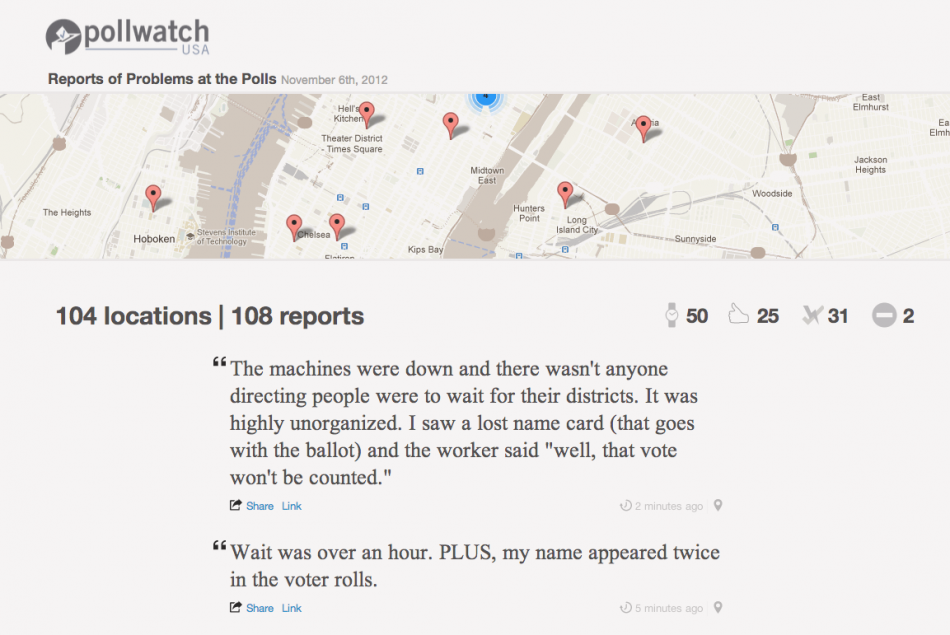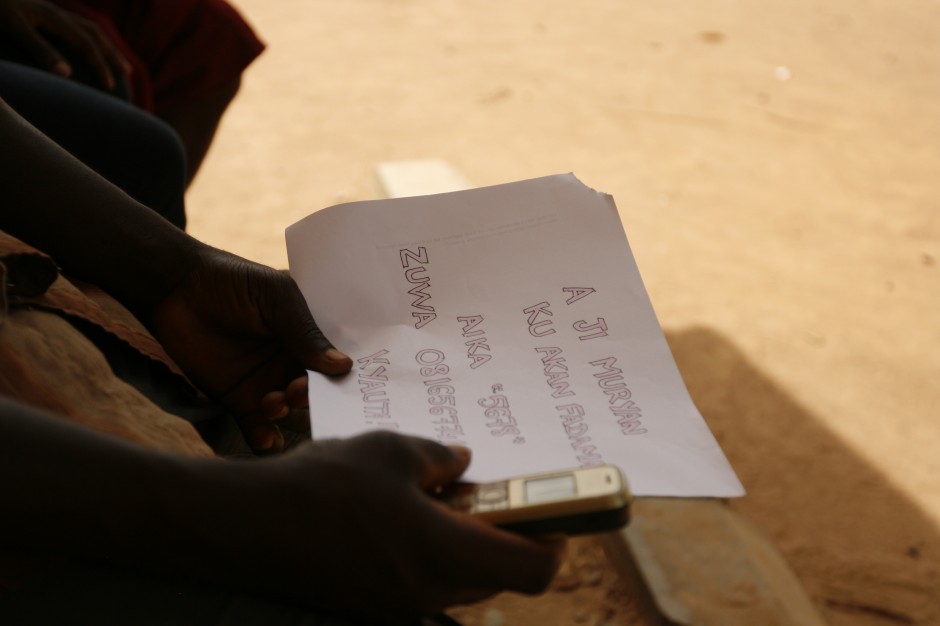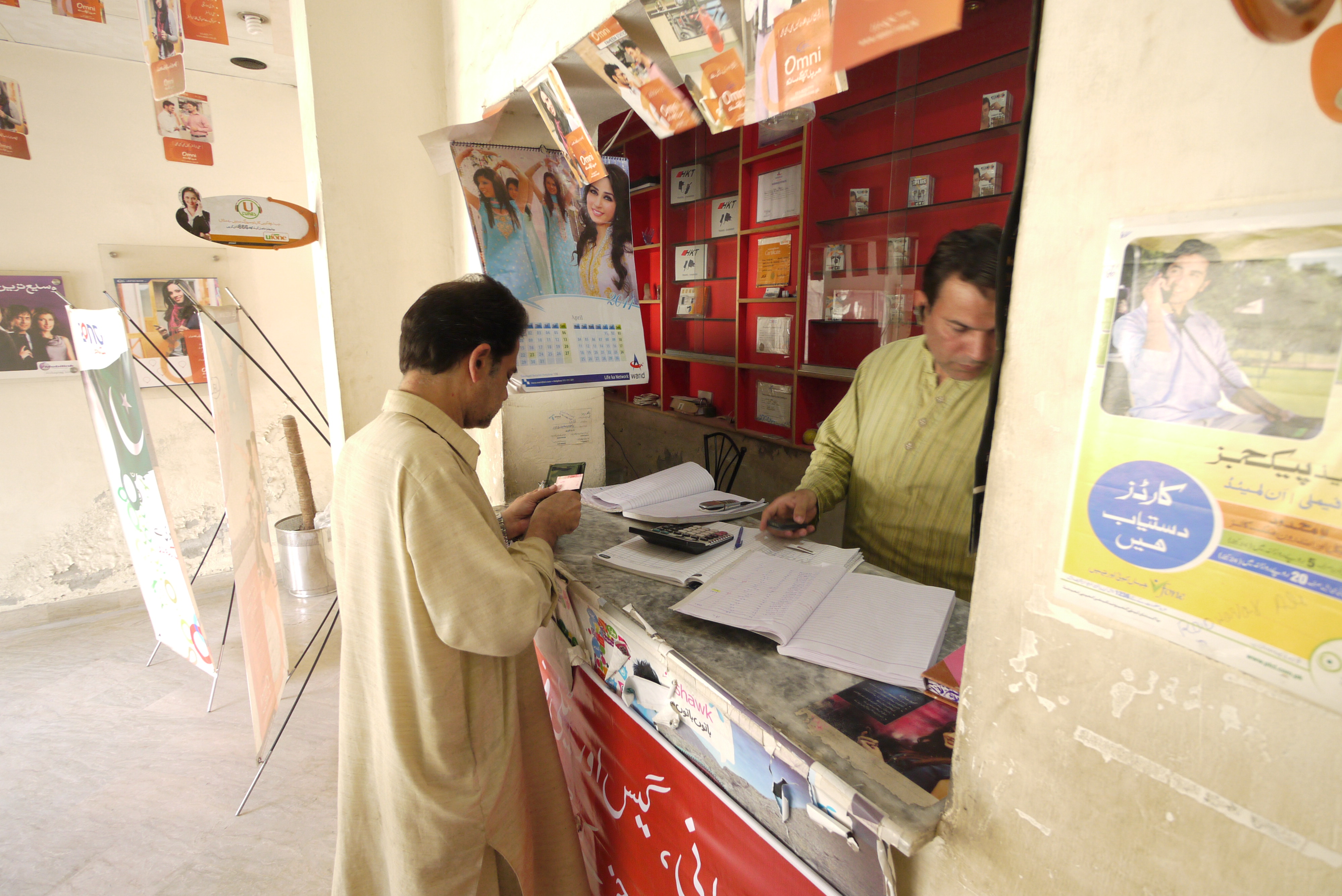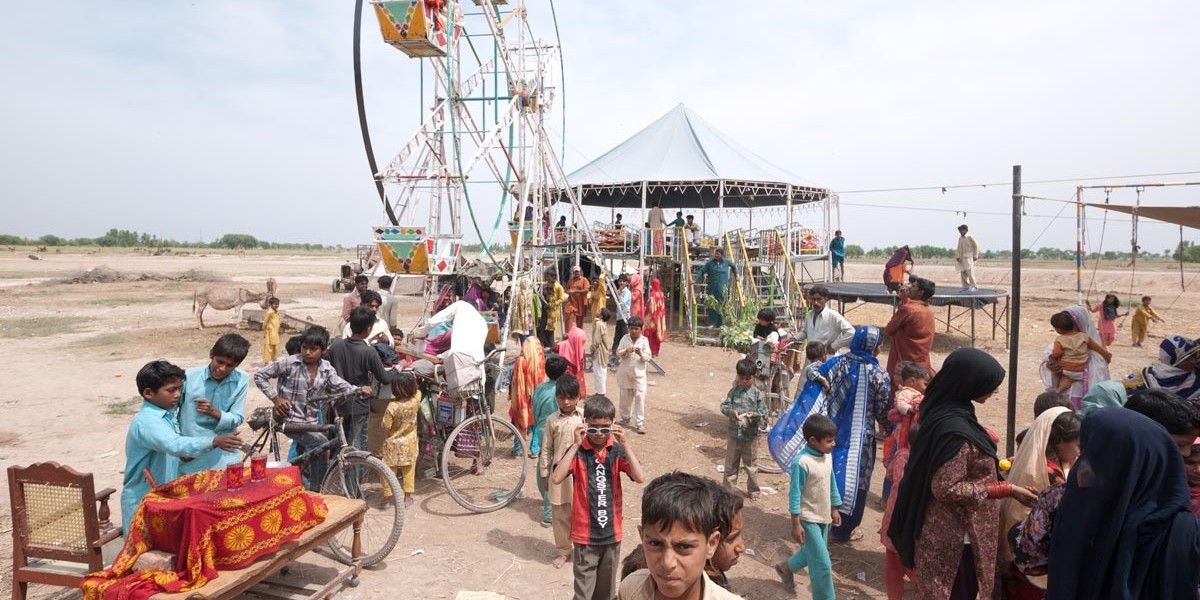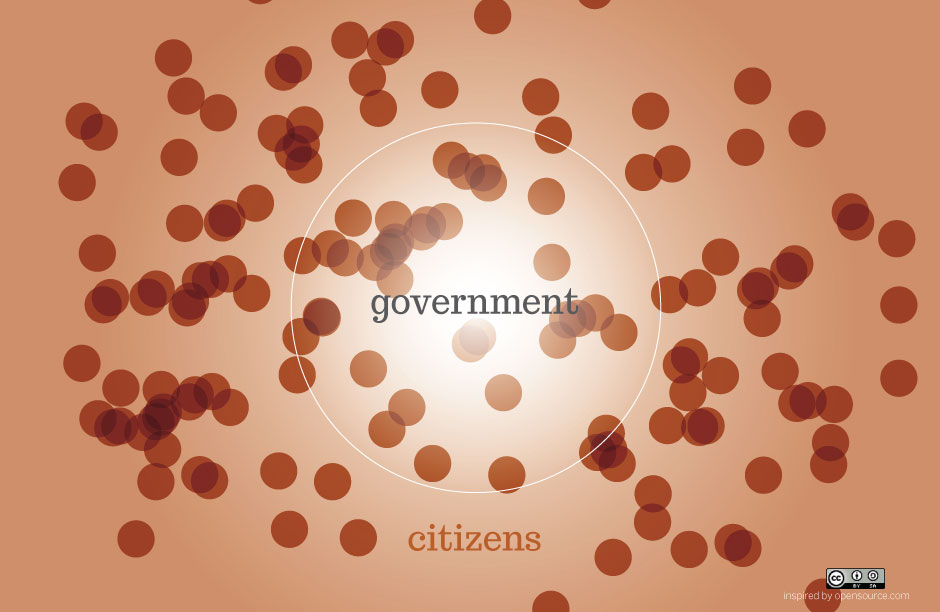Service Design
Election Day in the USA: PollWatch gives voters a digital tool to report problems
It’s no secret that we are pretty big fans of civic engagement over here at Reboot. For democracy nerds like us, Election Day is a special day, one that ignites our passion for both the amplification of individual voices and the improvement of services and structures that promote good governance. The United States voting system is, as is becoming increasingly apparent, an archaic structure rife with poorly designed user experiences. American democracy is a far cry from a human-centered service.
Reboot has been doing our part to improve the voting experience. Today, a tool we’ve been developing since it’s initial birth at the PDF2012 hackathon earlier this year, is getting put to good use as voters cast their ballots nationwide. PollWatchUSA – a collaboration between Reboot, CommonCause, and Web Sava, with input from TurboVote – equips voters with the ability to … Read More »
Repurposed Yangon
This blog post is one of a series we are doing to host guest thinkers and researchers to participate in a broader conversation about designing for governance and development. Today, we feature Zach Hyman, a Fulbright Fellow studying resource-constrained creativity and user-led innovation in China. His fascinating piece takes us on a maker-hacker journey through Myanmar, where people are acting in very creative ways to manage the constraints of electricity.
* * *
Myanmar’s offshore natural gas reserves – speculated to be as much as 90 trillion cubic feet – give it the tenth largest reserves on the planet.
And yet this number may as well be describing a different country to people such as Aung Tun,* who, despite living in a relatively wealthy part of Yangon, is still subject to the vagaries of the electrical grid. For the safety of … Read More »
Designing For Better Decision-Making
Consider for a moment the line outside a half-empty nightclub or the “billions served” tagline. These indicators signal popularity, and they instigate that quiet but undeniable human urge to see what all the fuss is about. This phenomenon is known in social psychology and behavioral science circles as “social proof,” and it’s one of the mostly broadly acknowledged mental shortcuts we humans make. In short, it means that people look to others to uncover the proper action, especially in uncertain environs. This herding behavior happens without the benefit of conscious thought, and it has long been exploited by advertisers great and small. As social designers, knowing how this and other cognitive shortcuts work can mean the difference between a successful social intervention and one that falls flat.
A few weeks ago, Reboot had the honor of participating in StartupOnomics, an invitation-only … Read More »
Calling for Service Design entries for the Core77 Design Awards
Reboot is thrilled to be participating in the second annual Core77 Design Awards, a progressive, industry-leading initiative that celebrates excellence across a broad spectrum of design. From its website:
Recognizing excellence in all areas of design enterprise, the Core77 Design Awards celebrates the richness of the design profession and its practitioners. For our second year, we present 17 categories of entry, providing designers, researchers and writers a unique opportunity to communicate the intent, rigor and passion behind their efforts. From client work to self-initiated projects, entrepreneurial to pro-bono engagements, we embrace a wide diversity of enterprise: commercial, cultural, social, environmental and discursive.
I’m honoured to be serving as the jury captain for the Service Design category, and along with an exceptional jury — made up of thought leaders and industry pros in the field — we’ll be evaluating exceptional service design work from around the world.
Design Research: What Is It and Why Do It?
Design research is foundational to creating products, services, and systems that respond to human needs. In the public and international development sectors, understanding and meeting human needs are critical for improved livelihoods and better governance.
Yet despite its utility, design research is largely overlooked by many institutions important to a well-functioning society. This oversight is unsurprising — the definition, purpose, and role of design research is not well-known. But in collecting the critical data they need to run their programs, these institutions do engage in ‘design research’. The information they gather, however, is purely functional- ‘just good enough’. But a lack of deliberation and formalization in process limits the value of research, and thus the utility of collected data.
I’ve been privileged to learn the art and science of design research from some of the best in the game. Time and again, I’ve seen what can happen both when design research is overlooked and when it is thoughtfully applied. So, to advance the conversation, I wanted to lay out some basic principles, approaches, and tools of design research so public institutions can better understand how it serves their work.
More Clarity on Service Design
WHO
The entitles that comprise a service
Stakeholders: Individuals or groups that affect, or are affected by, the creation and/or delivery of a service.
Service Provider: The entity responsible for the design, creation, and delivery of a given service.
Agent: A person or organization that is involved in the delivery of a given service. Usually somewhat autonomous from the service provider.
Users: The individuals and organizations that use and benefit from a given service.
HOW
The ways services are delivered and accessed
“New Media for Your Mission, Not Your Message”
Reboot recently had the opportunity to lead a workshop for major national non-profits to share best practices and insights learned from our experiences using new media in advocacy, international development, and governance programs. With the ever expanding role of “new media” in society, non-profits must now make sense of how these communication technologies can support and enhance their mission. The full-day, executive-level workshop combined hands-on training with larger strategic discussions, pushing non-profits to re-think their approach to new media and develop more effective solutions to current organizational challenges.
The workshop was hosted by the National Human Services Assembly (NHSA), an association of non-profits committed to delivering accessible health and human services. Many of NHSA’s member organizations - including the American Red Cross, Girl Scouts of America, and the Y - attended the workshop. Held at AARP’s headquarters in Washington D.C., the interactive workshop was a chance for c-level executives from these major non-profits to voice concerns and hopes for how their organizations can strategically use new technologies to improve their operations and programing.
What is Service Design?
We’ve written previously about why Reboot focuses on services as a practical approach to achieving social progress and human rights. Inevitably, the next question that arises is: how do you create these effective and accessible services? This is where the principles and process of service design come into play. In this post and others to come, we will discuss the value of service design and how it can shift the focus of project goals from building ever more tools and technologies to developing solutions that nurture people and relationships.
An emerging field, service design is a multidisciplinary approach to creating more useful, effective, and efficient services. Service design, therefore, isn’t aimed at creating tangible products, but rather, it works to develop better ways for people to access the services they need. These might range from the most mundane (renewing a driver’s license or figuring out which subway to take in the morning) to the most life-altering (accessing quality healthcare or obtaining a passport). These services are often so everyday that it’s easy to forget their existence. But consider how different your life would be if it took you 15 hours to reach a doctor that could see your sick child, or if you had to spend the equivalent of a half-year’s salary to obtain a passport? These are realities in some parts of the world, and realities service designers address to make services more intuitive for both the user and the service provider.
Why Services?
At Reboot, we like theory — sociopolitical, socioeconomic, you name it — as much as the next social enterprise. But we are also practitioners, working hand-in-hand with governments, international organizations, non-profits, and the private sector on realizing social change. We understand and support the role of advocacy and policy — some of us still bear battle scars from past lives in these arenas — but as an organization, we are more concerned with the moments where the rubber meets the road. With those tangible points where outcomes are made.
Hence our fixation on creating better services.
We focus on services because we believe the moments when people successfully interact with the institutions that shape their lives are those moments when social progress is achieved. For the majority of people, these interactions do not happen at the polling station or through a letter to a political representative. Rather, they happen at the social services office, the bank, or the health clinic.
Towards Inclusive, Relevant Branchless Banking in Pakistan
A Reboot team recently returned to Pakistan, where we are supporting the efforts of a bank to expand access to basic financial services to those in need. We recently presented the project findings from our recent field study in Punjab Province to the bank’s management and staff. Some of the resulting design recommendations addressed how the bank could:
- Enhance delivery mechanisms for humanitarian relief funds and government-to-person payments.
- Graduate aid beneficiaries into viable branchless banking customers.
- Strengthen its business model through selective, strategic investments.
- Better serve marginalized market segments, defined here as rural populations, the poor, and women.
The team also led a series of interactive workshops with each of the bank’s functional areas, where staff at all levels were encouraged to test, challenge, and build upon our findings, and to develop concrete next steps towards improving their branchless banking services.

